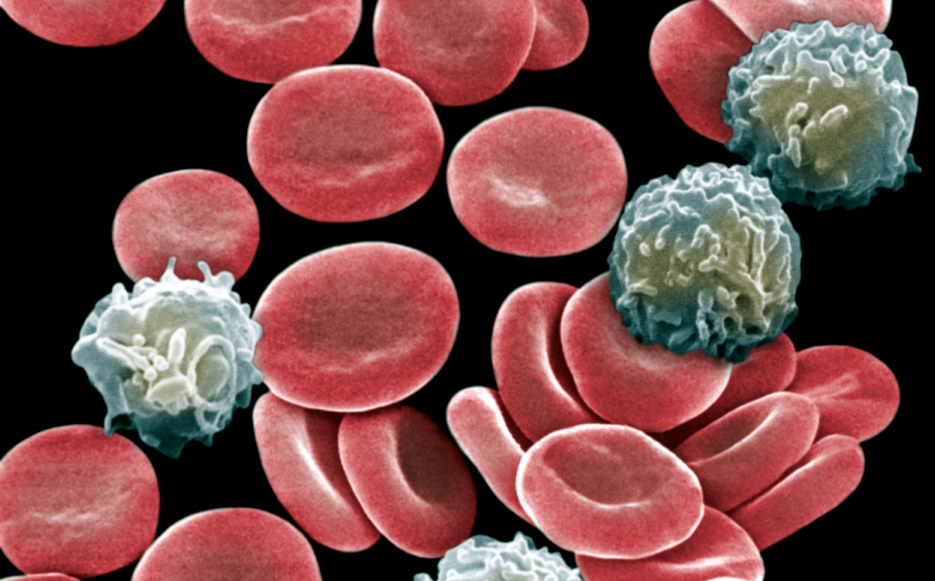CHAPTER 43 INTRODUCTION
43-1
CORE CONCEPTS
43.1 The innate immune system acts against a diversity of foreign pathogens.
43.2 The adaptive immune system includes B cells that produce antibodies against specific pathogens.
43.3 The adaptive immune system includes helper and cytotoxic T cells that attack pathogens, foreign cells, and diseased cells.
43.4 Some pathogens have evolved mechanisms that enable them to evade the immune system.

As our bodies’ main line of defense, the immune system keeps watch against harmful pathogens. Some pathogens in turn have evolved a means of hiding within our own cells. In this way, they evade easy detection by our immune system, not unlike the Greek soldiers who hid inside a wooden horse during the Trojan War. As the story goes, the Trojans wheeled the magnificent horse within the protective gates of Troy. That evening, the stealthy Greek soldiers emerged and opened the gates, letting in the rest of the Greek army.
As pathogens evolve new strategies, the immune system in turn evolves new responses. The result of this evolutionary back and forth is an elaborate and sophisticated immune system. The immune system is remarkable in its ability in most cases to protect us from harmful pathogens, including viruses like influenza and HIV, bacteria that cause strep throat and tuberculosis, fungi such as ringworm, and single-celled eukaryotes like those that cause malaria. It has evolved defenses that act against a broad range of pathogens and defenses that target specific pathogens.
The activity of the immune system also must be carefully regulated. If it is overactive or acts when it is not supposed to, it may attack the cells of its own body, leading to allergies or debilitating autoimmune diseases. If it is underactive, it won’t adequately protect an organism. A weak immune system is most likely to occur at the extremes of age or when infections or disease compromise its function.
We begin with an overview of general defenses that provide a first line of protection against diverse pathogens. We then turn to a powerful part of the immune system that is tailored to attack specific pathogens and that has the ability to learn and remember, attributes we usually associate with the nervous system (Chapters 35 and 36). Finally, we consider three infections that illustrate how pathogens have evolved ways to evade these defenses.